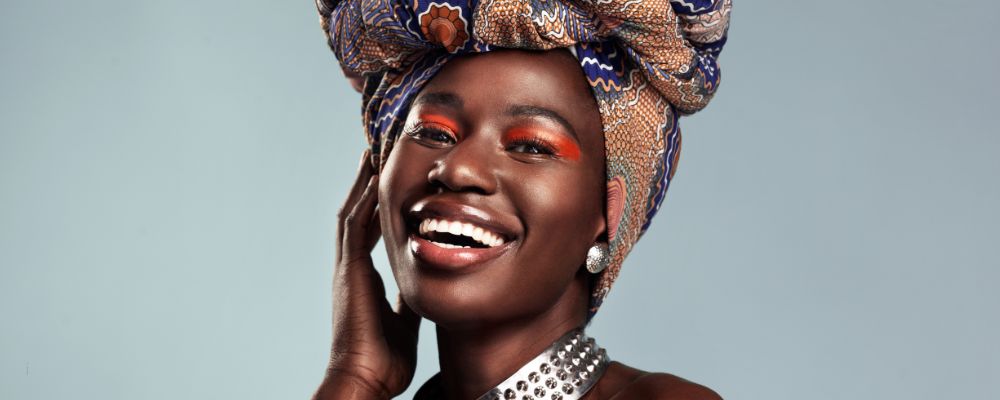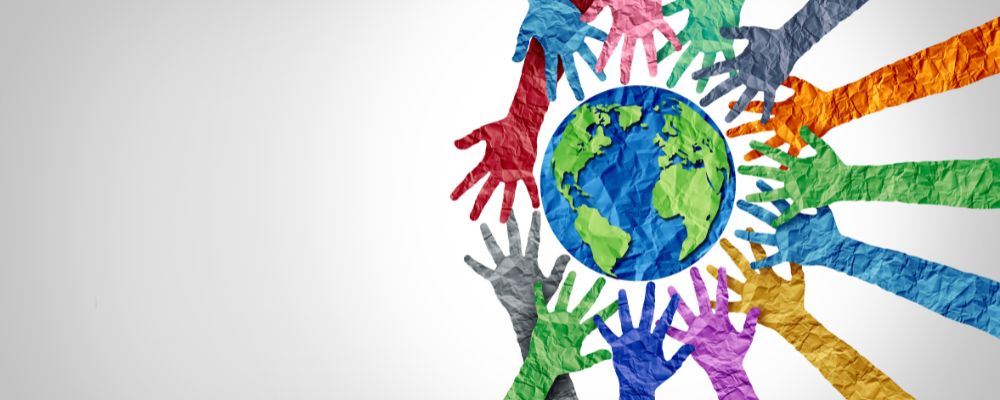
Cultural Identity: Preservation vs. Transformation
One of the primary challenges faced by migrants is the tension between preserving their cultural identity and adapting to the new cultural context. Many migrants feel the pressure to assimilate into their host culture in order to be accepted socially and economically. This might involve adopting the local language, norms, and lifestyle, sometimes at the expense of their original cultural practices. However, assimilation doesn’t necessarily mean a complete loss of one’s heritage. Instead, migrants often find ways to retain elements of their identity, even while blending in.
In contrast, for some migrants, the host culture presents opportunities for growth and self-expression. Exposure to diverse ways of life can broaden perspectives and contribute to the evolution of their personal identity. These individuals may embrace a more cosmopolitan worldview, integrating new cultural practices with their traditional ones, thereby creating a more fluid sense of self.
Generational Shifts and Identity
The impact of migration on cultural identity is particularly evident across generations. First-generation migrants often hold on tightly to their traditions, using them as a way to stay connected to their homeland. For second-generation migrants, the balance between their ethnic heritage and the culture they grow up in can be more complex. They may face an identity struggle, feeling that they don’t fully belong to either culture. This tension can lead to unique cultural expressions, where they blend both worlds, such as through language, food, or art.
Third-generation migrants tend to feel more integrated into the host culture, though many still maintain an emotional connection to their ancestral roots. This generation may see cultural identity not as a fixed concept but as something fluid, shaped by multiple influences. Thus, migration leads to a dynamic process of identity formation that spans generations, influencing how individuals perceive themselves and how they are perceived by others.
Cultural Identity and Globalization
Globalization has further complicated the relationship between migration and cultural identity. In today’s interconnected world, migrants are not cut off from their homeland; instead, they maintain ties through technology, social media, and frequent travel. This constant connection allows them to continue participating in their home culture even while physically residing elsewhere, leading to what is often termed “transnational identity.”
Moreover, globalization has led to the rise of multicultural societies, where multiple cultural identities coexist. In these environments, migrants can celebrate their heritage openly, contributing to a richer, more diverse cultural landscape. However, multiculturalism also raises questions about integration, belonging, and the potential for cultural clash, as not all societies are equally accepting of diversity.
Challenges and Opportunities
While migration offers opportunities for cultural enrichment, it also brings challenges. Migrants often face discrimination, social exclusion, and stereotypes, which can negatively impact their sense of identity. They may feel marginalized, or that their cultural practices are undervalued. In such cases, maintaining a strong sense of identity can be a source of resilience, helping individuals navigate these challenges with pride and confidence.
On the other hand, migration offers the possibility of cultural exchange, where host societies can benefit from the influx of new ideas, traditions, and perspectives. This cultural diversity can lead to innovation in various fields such as cuisine, fashion, arts, and business, enriching the social fabric of the host country.
